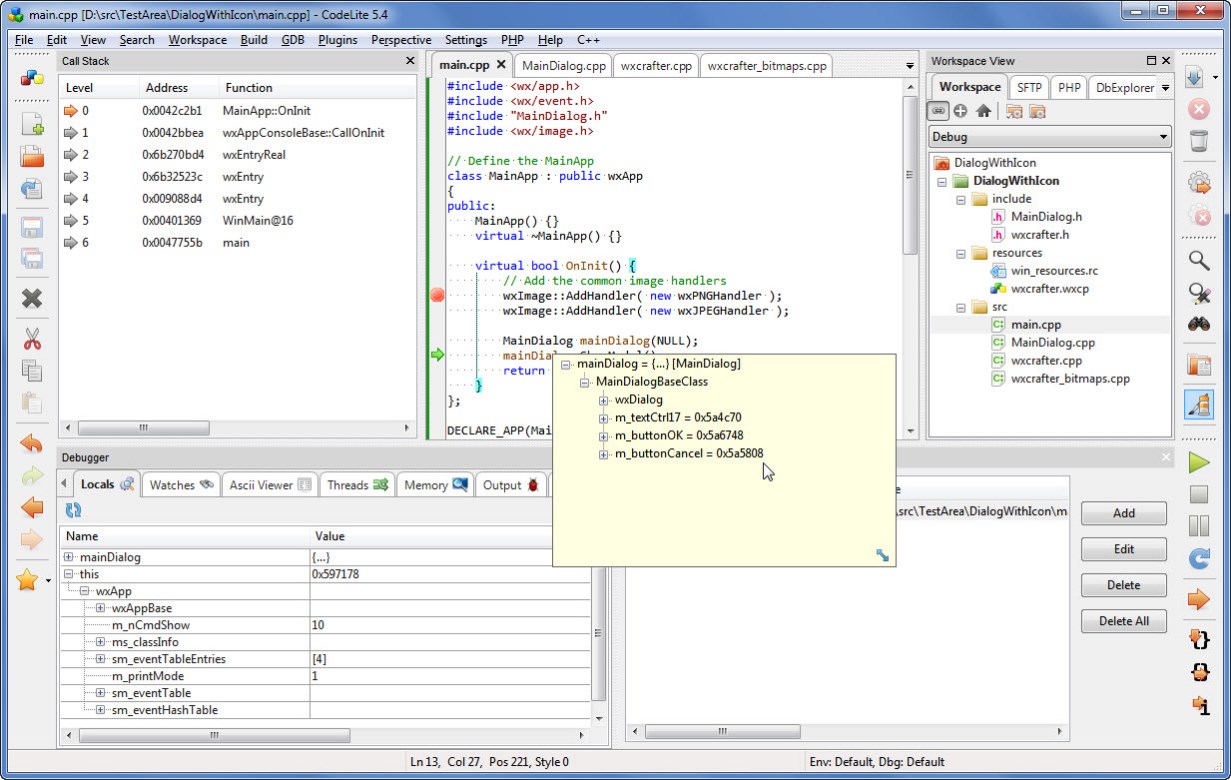

I have brewed batches of Kölsch using Bestmalz and Weyermann Pilsner Malt to good effect. The malt needed to brew this beer is a European Pilsner Malt and my preference is those from German malting companies. While a Kölsch could be brewed using malt extract (e.g., Briess Pilsen Dried Malt Extract), which I have done in the past, you really will not obtain the Continental malt character that this beer style truly needs. It is important to consider the ingredient selection and brewing process choices holistically since the goal in brewing this subtle beer style is to produce a balanced beer. The trick to brewing a proper Kölsch is appropriate ingredient selection and good brewing processes. It’s a wonderful complement to Sünner Kölsch and a delightful beer in its own right!”įrom an ingredient perspective a Kölsch beer is a simple beer to brew. On the palate, Sünner Kellerbier is fuller in body than normal kölsch and has a more complex, very dry, character with notes of hay, bread, honey and a nice, clean bitterness. The aroma is yeasty, slightly hoppy and bready. It has a hazy appearance and a more intense flavor than kölsch. “This is the unfiltered, fresh-from-the-aging-tank version of Sünner Kölsch. US importer Artisanal Imports describes the Sünner unfiltered Kölsch (labeled as Kellerbier) as follows: I once had the pleasure of drinking a Sünner unfiltered Kölsch on draft at a local craft beer bar and I thought that beer was excellent (despite not officially being a Kolsch) Some breweries in Cologne also brew an unfiltered version of a Kölsch (which can’t be labeled as a Kölsch due to the rules) and those beers are referred to as a Weiß (or Weisse) in Cologne. The above is via an online translation of a Wikipedia entry in German. Highly fermented, dry, little full-bodied or malty,Įxclusively in Cologne, with the exception of breweries outside the urban area of Cologne, which had already acquired a valuable acquis on the name "Kölsch" before the entry into force of the Convention. In addition, there is a formal document called the Kölsch-Konvention which was adopted in 1986 which provide further details on what defines a Kölsch: In Germany the Kölsch beer is considered an appellation and only breweries in (and near) Cologne are permitted to label their beers as being a Kölsch. The German city of Cologne (Köln in German) itself has a long history of brewing but it wasn’t until 1918 that the first beer labeled as Kölsch was brewed by Sünner brewery.

There is a very long history of brewing beer in Germany but the Kölsch beer style is a relatively new type of beer. In Germany a Kölsch is served in a cylindrical glass called a stange (see photo below): The other flavors often attributed to this beer, such as sulfur, hop flavor, hop aroma, and fruitiness, are usually very subtle in the examples or not present at all.”įor my palate a Kölsch is an enjoyable and drinkable beer especially during the warm/hot times of the year.

It is subtle and soft with some grainy malt sweetness up front but with a crisp enough finish that the beer never really seems sweet. Kölsch is a subtle beer, with a light grainy Pilsner malt aroma and flavor. In the book Brewing Classic Styles the keys to brewing a Kölsch: I personally refer to Kölsch as being a hybrid beer style. The word obergärige acknowledges that the beer is fermented with an ale yeast strain and the word lagerbier acknowledges the aspect that the beer is lagered. The Germans use the term obergärige lagerbier which translates to top-fermented lagered beer. But after primary fermentation is complete this beer is typically lagered for a few weeks.

First is that it is a nod to the old manner of brewing in Germany in that it is fermented with an ale yeast strain. The Kölsch beer style is interesting on many levels. « Back to Articles What is a Kölsch beer?


 0 kommentar(er)
0 kommentar(er)
